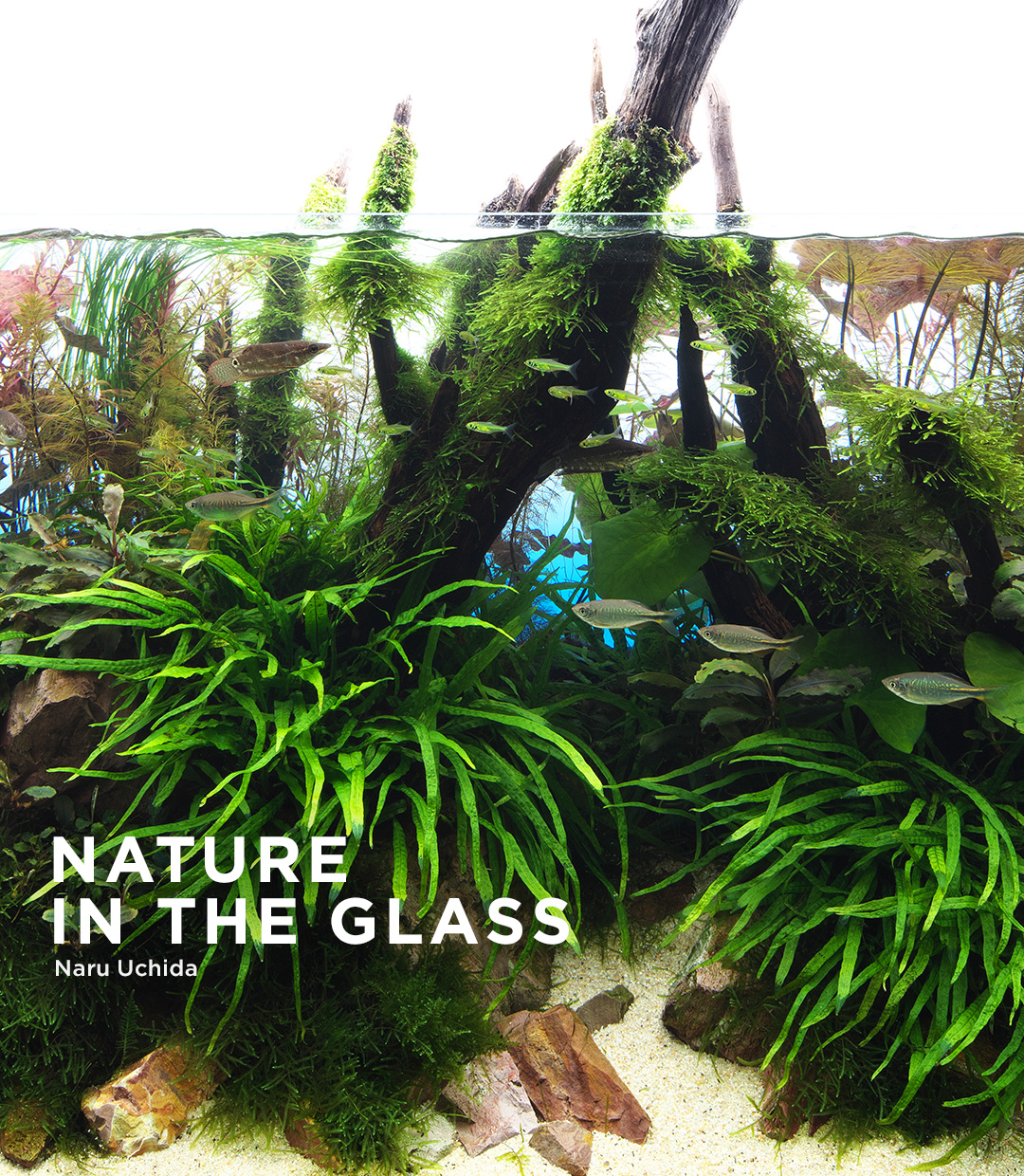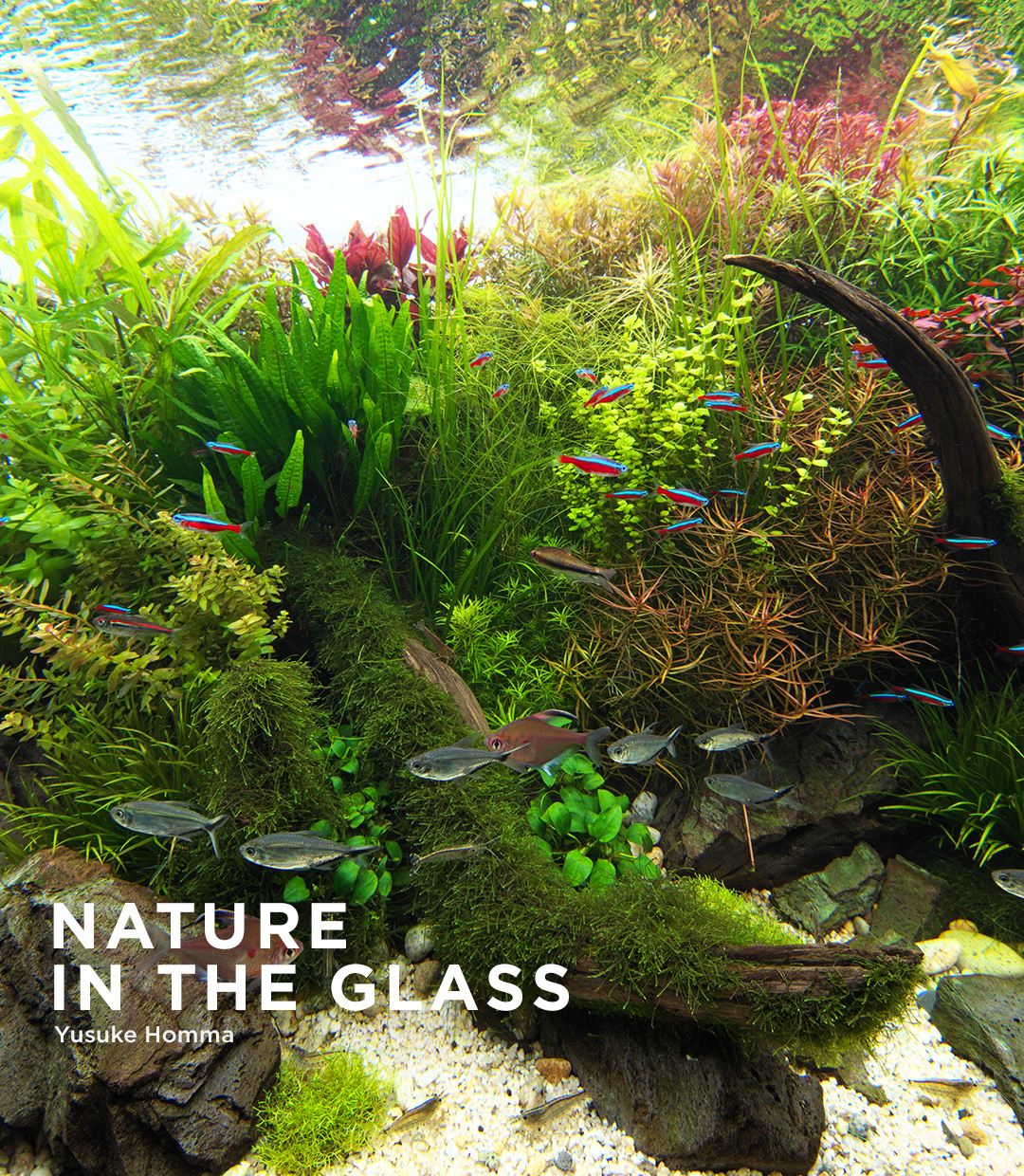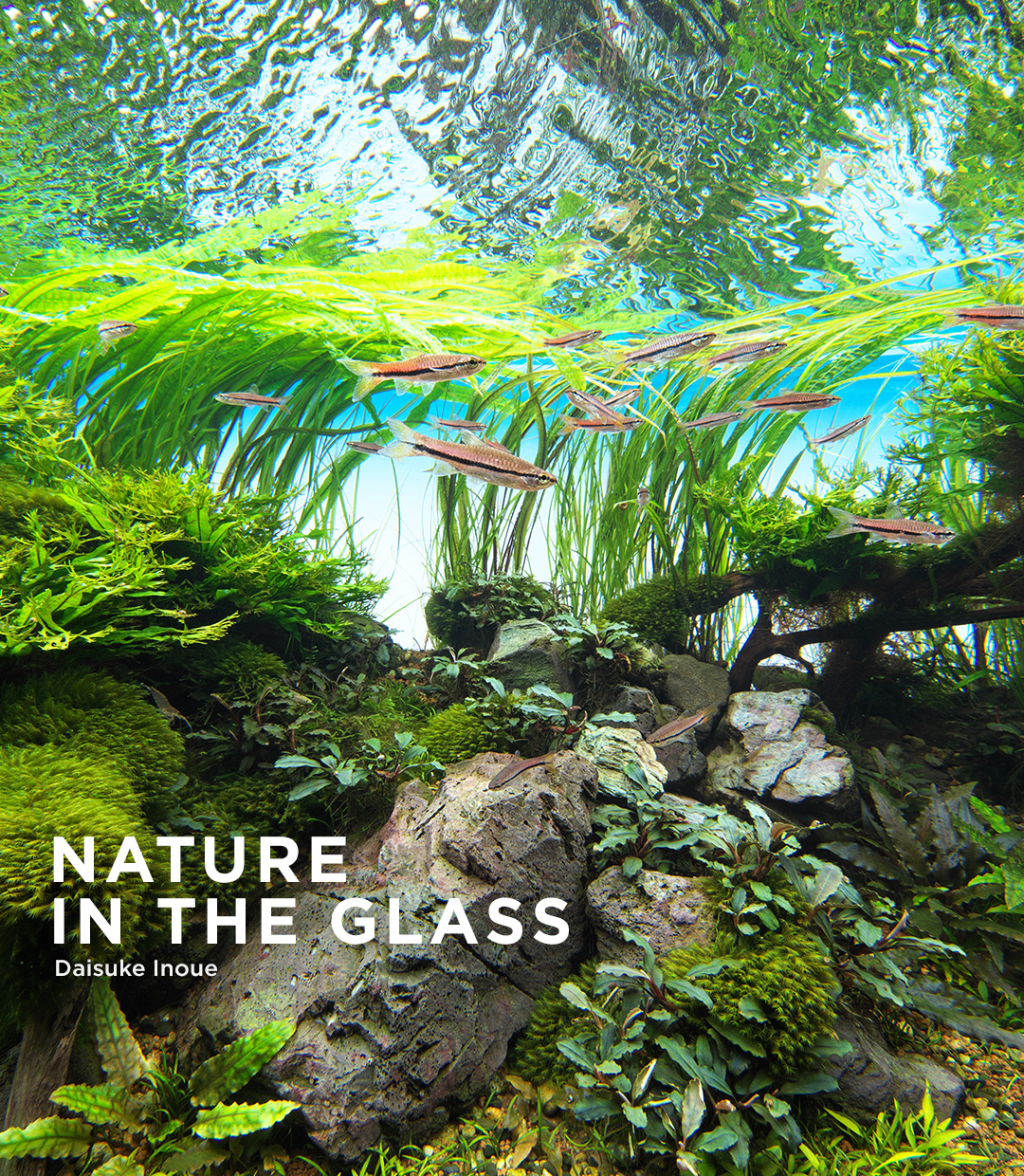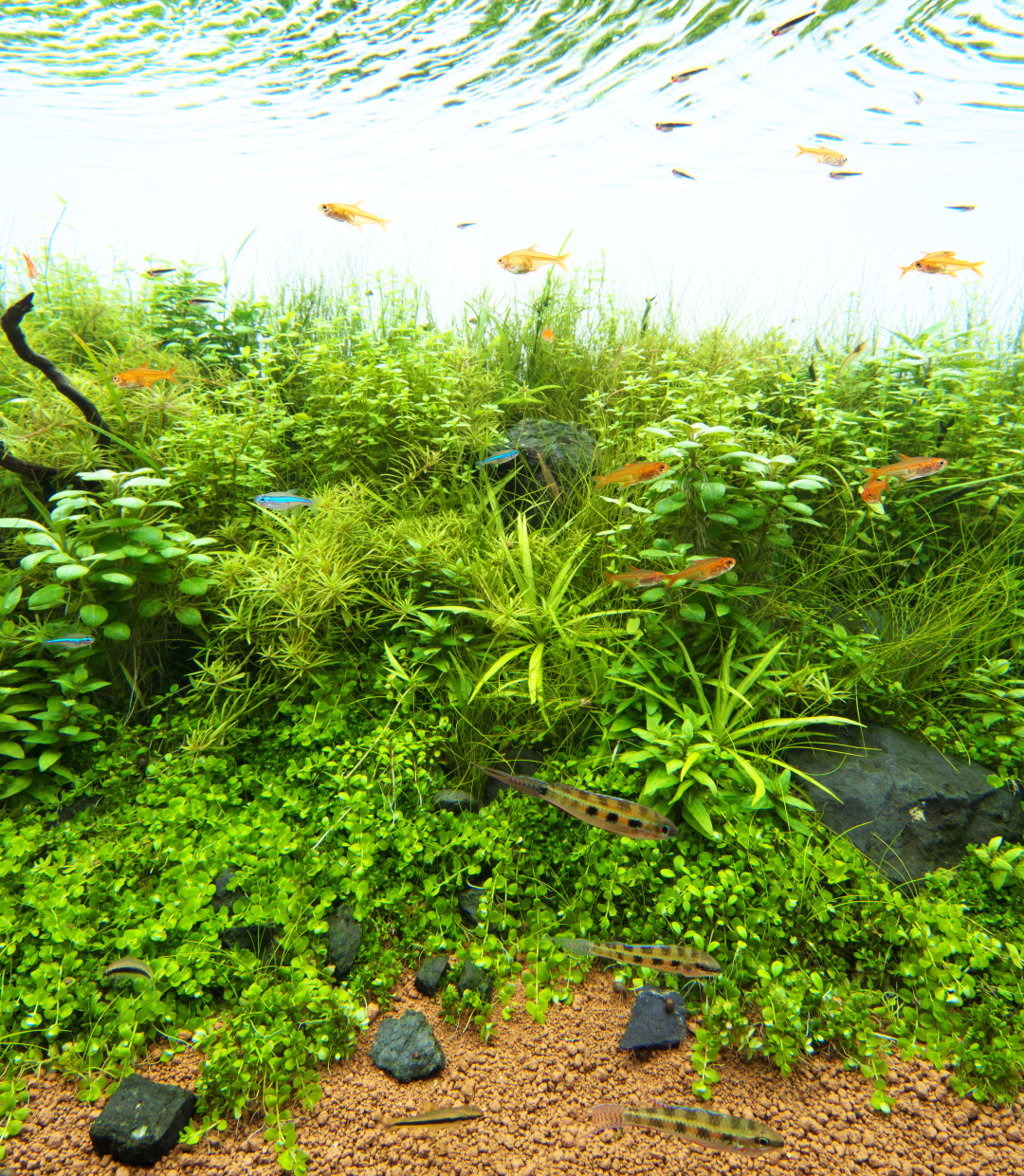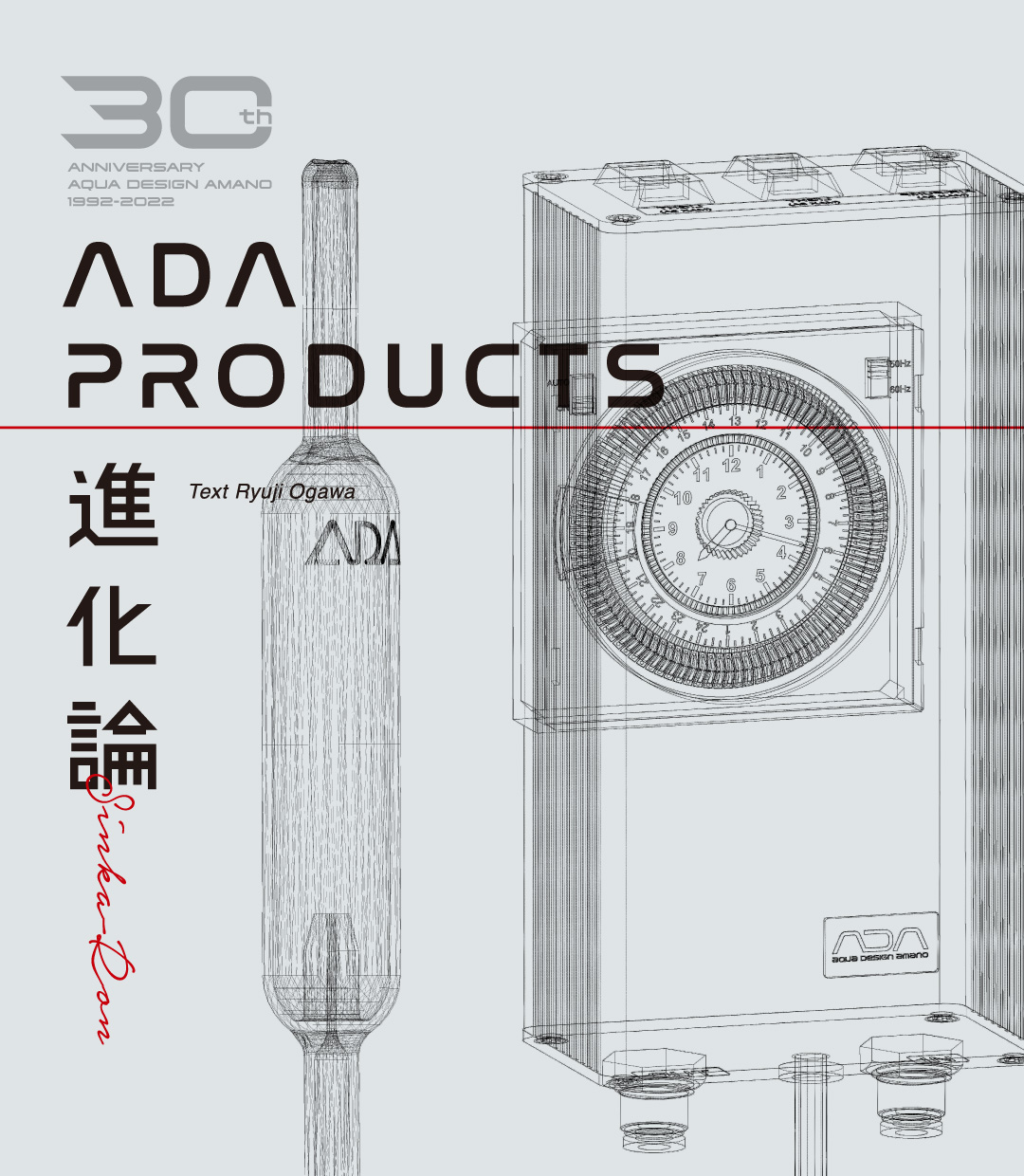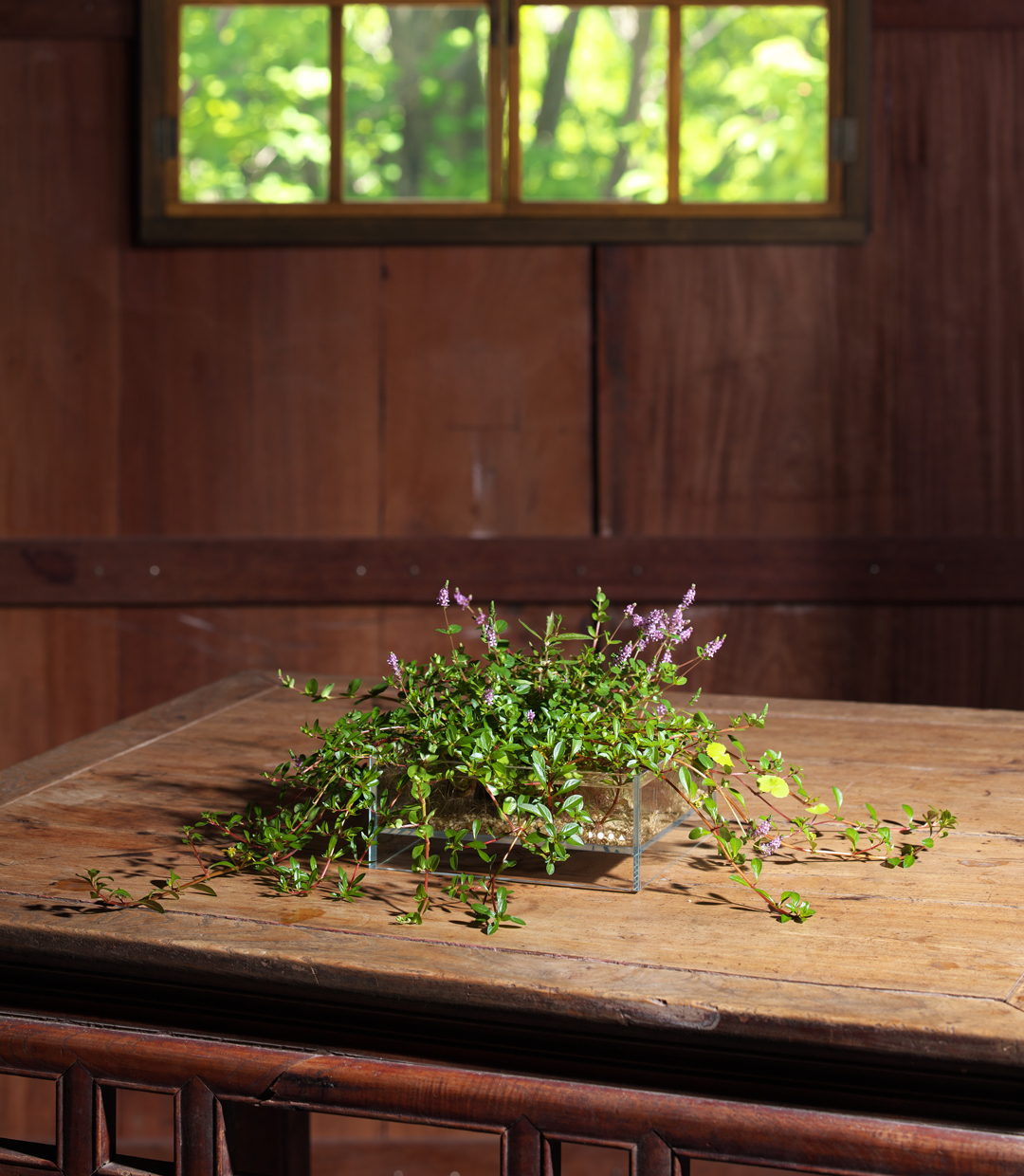2022.07.22
WABI-KUSA IROIRO “MAINTENANCE FOR WABI-KUSA”
Wabi-Kusa is a fantastic planting material that you can feel the season throughout the year by showing various expressions, such as sprouting, flowering, fruiting, and coloring leaves. Make sure that you know important tips to maintain Wabi-Kusa for a long time, not to end the Wabi-Kusa in one season.
Pest Control
When growing Wabi-Kusa, troubles with pests may occur. Pests that are likely to appear, are aphids, slugs, thrips, spider mites. They are most likely to occur during seasonal changes, such as around the rainy season and autumn rains, and when the weather is dry. We will introduce methods for preventing and dealing with these insects in this section.
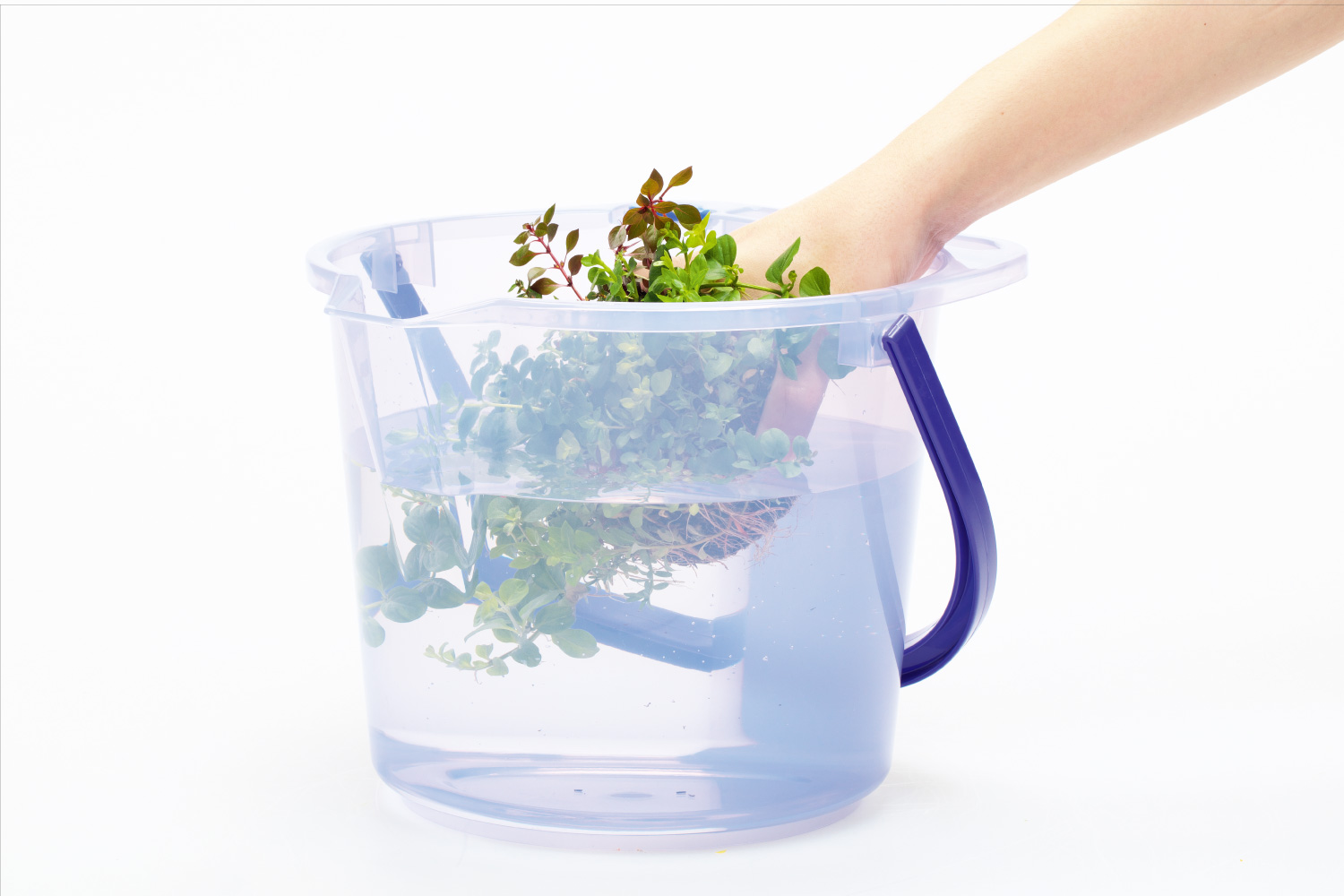
The first thing you should do after purchasing Wabi-Kusa is to simply submerge it in a bucket of water. This will prevent damage from mold as well as insects.
Insect Control Troubleshooting
Let’s take step-by-step measures starting from low-risk things.
When you purchase Wabi-Kusa, it should be submerged in a bucket of water first. Submerge it for about 30 minutes, and gently shake the Wabi-Kusa. This process will remove small dust and insects from the base. If insects appear when you grow Wabi-Kusa, submerge the Wabi-Kusa again if possible.
Wabi-Kusa Mist contains nutrients necessary for aquatic plants as well as ingredients that are expected to have repellent effects against pests. Dryness attracts spider mites, etc., Therefore, incorporate Wabi-Kusa Mist into your daily misting routine.
If the methods mentioned earlier do not work, spray 1000 times the dilution of Mospilan solutions. Continue spraying once a week until insects are gone. However, avoid using Mospilan in or near aquariums where shrimp are kept.
Let’s take step-by-step measures starting from low-risk things.
When you purchase Wabi-Kusa, it should be submerged in a bucket of water first. Submerge it for about 30 minutes, and gently shake the Wabi-Kusa. This process will remove small dust and insects from the base. If insects appear when you grow Wabi-Kusa, submerge the Wabi-Kusa again if possible.
▼
Wabi-Kusa Mist contains nutrients necessary for aquatic plants as well as ingredients that are expected to have repellent effects against pests. Dryness attracts spider mites, etc., Therefore, incorporate Wabi-Kusa Mist into your daily misting routine.
▼
If the methods mentioned earlier do not work, spray 1000 times the dilution of Mospilan solutions. Continue spraying once a week until insects are gone. However, avoid using Mospilan in or near aquariums where shrimp are kept.
“Trimming”
When stem plants finish flowering or when the volume of aquatic plants increase, it is time to trim them. Basically, cut the stems after branching to enjoy them for a long time, and try to pick deeper. When trimming, try to reduce the overall volume so that light can reach the lower shoots.
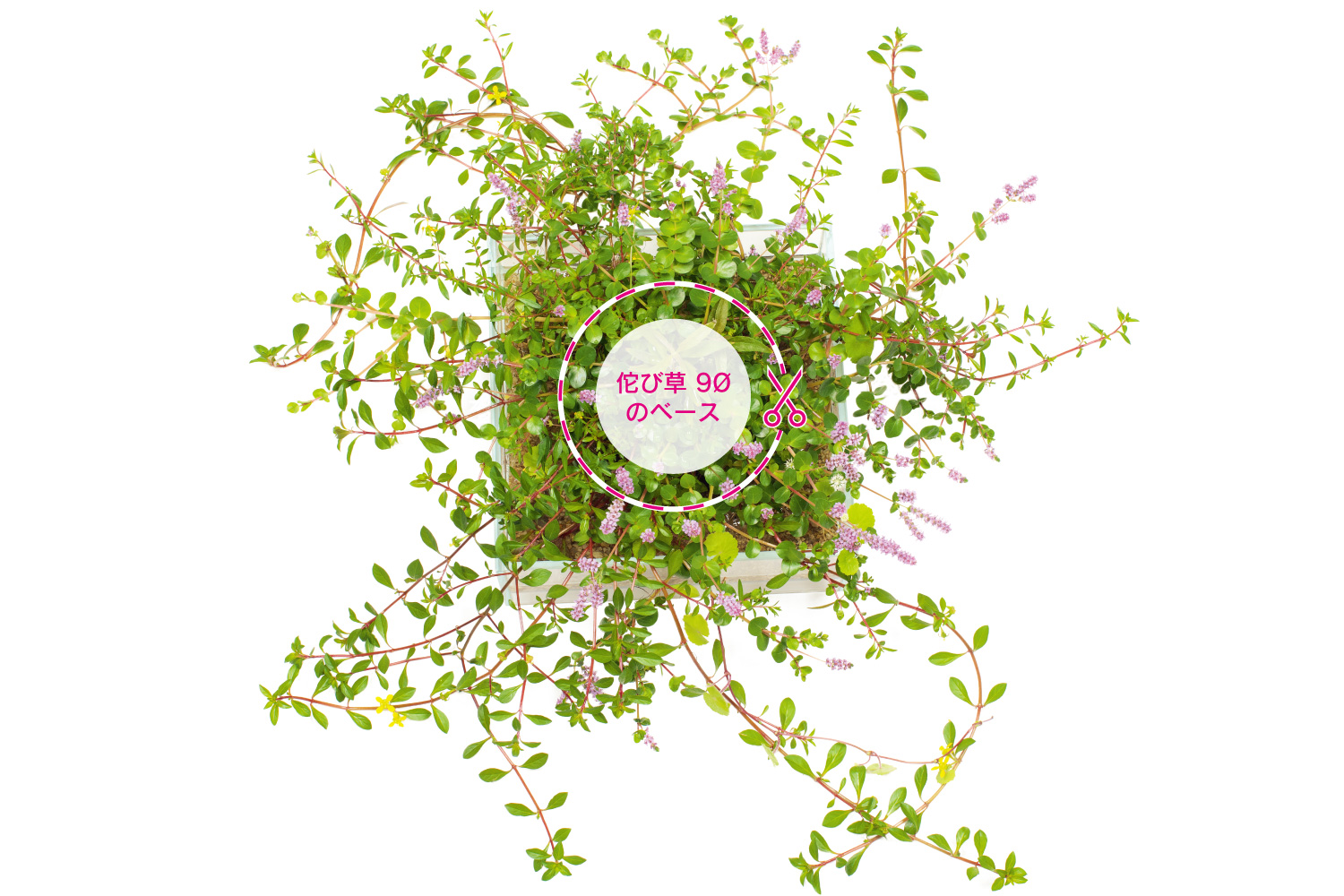
The trimming line should basically follow the perimeter of the Wabi-Kusa base. It also grows quickly, so the key to long-term maintenance is to keep it trimmed short.
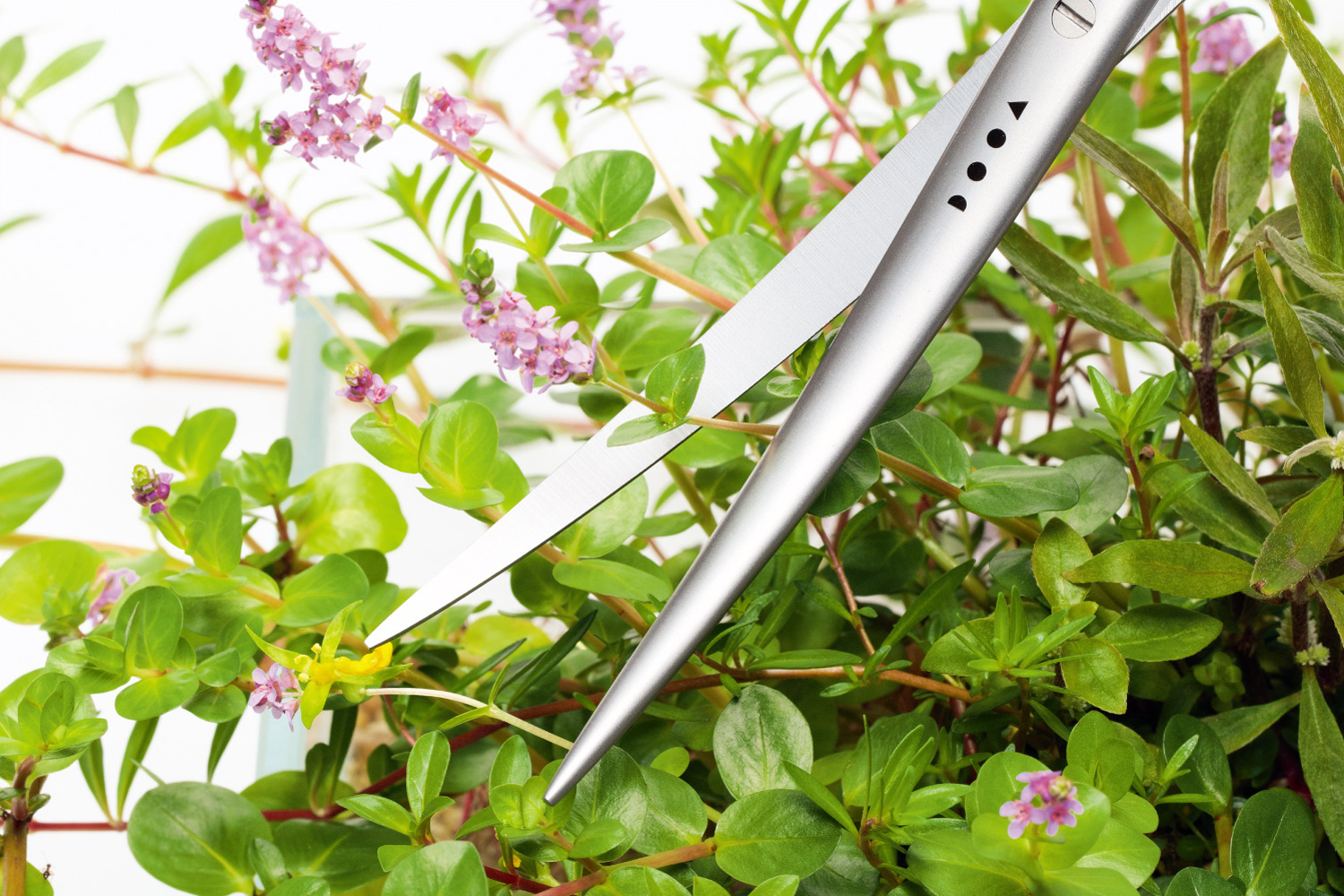
When you finish admiring flowers, do not hesitate to pick them off deeply. Leaving flower buds on the plant will slow down its subsequent growth.
“Watering.”
In daily maintenance, you will need to mist to prevent Wabi-Kusa from drying out and add water as it decreases due to evaporation and transpiration. Pour water gently with a watering can to prevent the substrate from becoming messy. If you’re growing aquatic plants submerged, change about 1/3 of the water once a week after removing algae from the walls. When adding or changing water, if fish or shrimp are in the aquarium, we recommend that you chlorinate with Chlor-Off to neutralize chlorine and use Suikei Liquid for aquatic plants.
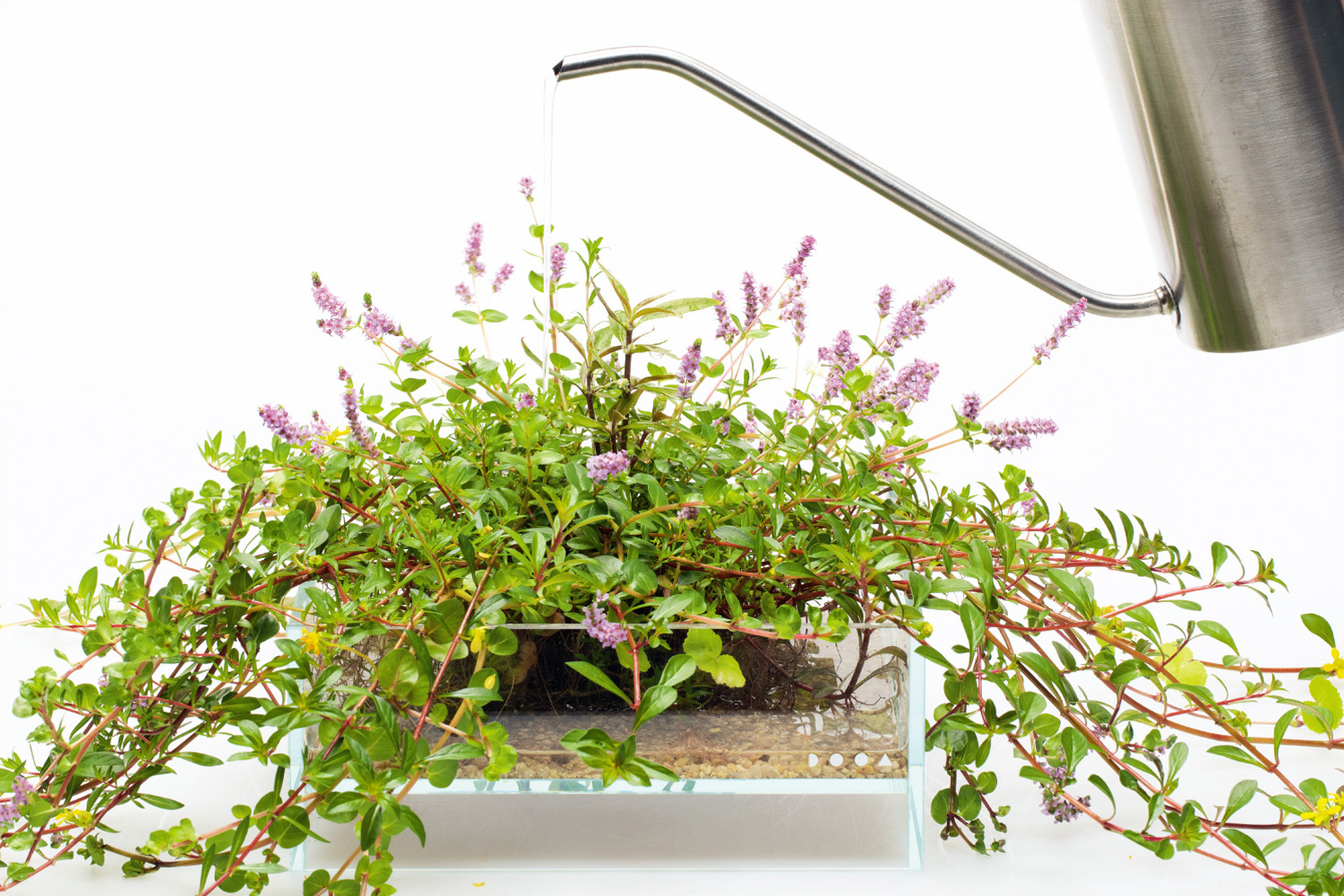
Since they are aquatic plants, do not let the water run out. Try to keep at least 1 cm from the bottom of the base submerged at all times.
Wabi-Kusa House is where you can feel the freshest air at ADA.
That’s what Ogawa, the staff member in charge of growing and maintaining Wabi-Kusa at the Research and Development Department, commonly known as the Green Lab, says.
We asked him about his recommended Wabi-Kusa and its charm at the Wabi-Kusa House, which will be in full swing in early summer.
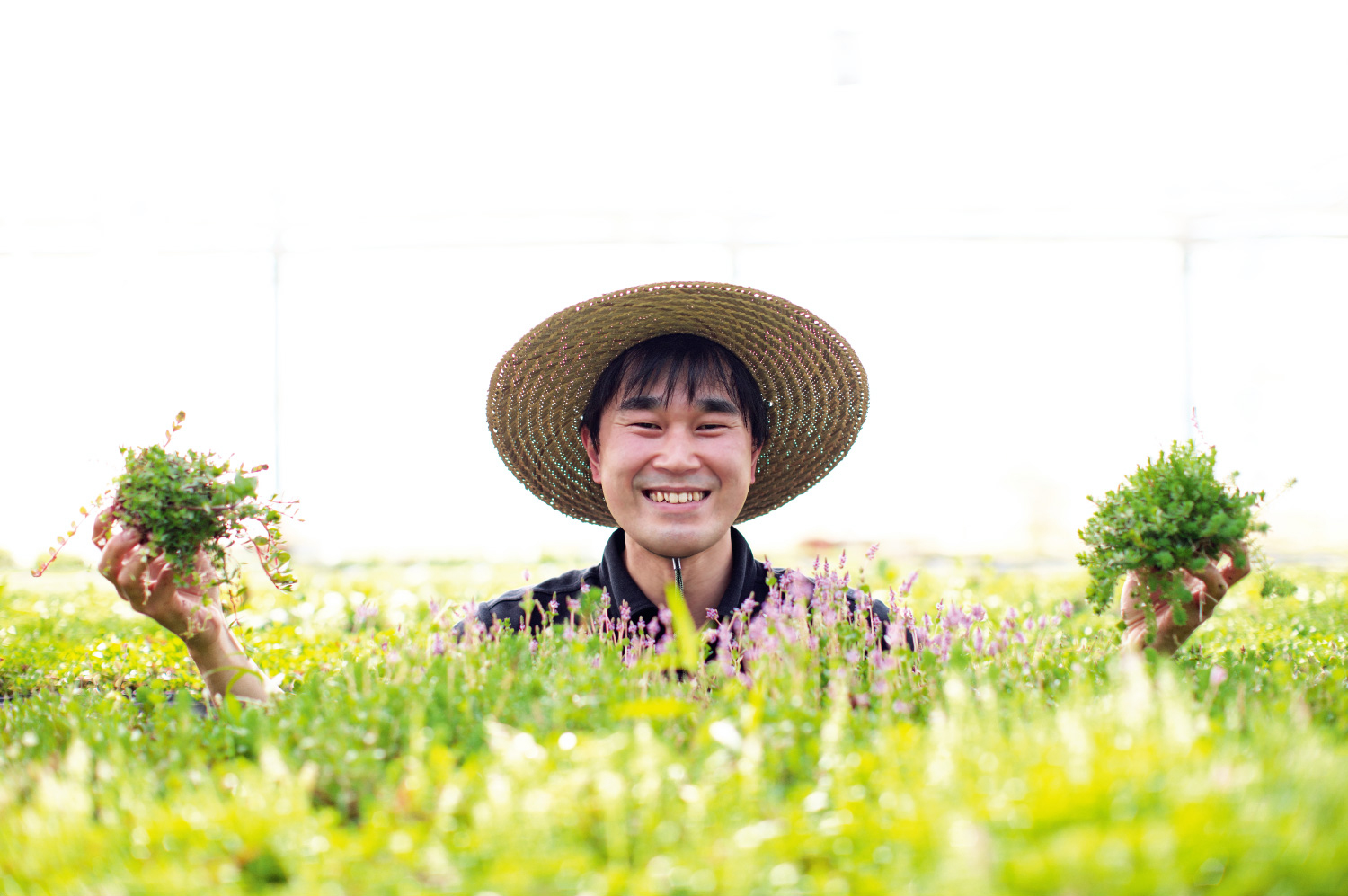
He loves nature and living creatures, and his knowledge of birds in particular is comparable to that of a doctor! He writes the “Nature Column”, as you might know.
AJ: Summer is approaching and the high season for Wabi-Kusa is here. Do you have any recommendations for the season?
Ogawa: I would definitely recommend the MIX types with different kinds of plants. Not only the typical stem plants, such as Rotala, Ludwigia, and Hygrophila, but also a wide variety of colorful aquatic plants, such as Myriophyllum, Bacopa, and Alternanthera that coexist while competing with each other, and you will never get tired of looking at the MIX types. Why don’t you observe the differences in the ways they grow both underwater and above water?
AJ: One of the attractions of Wabi-Kusa is the flowers that the aquatic plants develop. We can see many aquatic plant flowers in the greenhouse at ADA depending on the season. Could you introduce some of them?
Ogawa: Most of the aquatic plants we grow as Wabi-Kusa flower seasonally in the ADA greenhouse. Rotala and Myriophyllum should be in bloom at the time this AJ is being released. Rotala sp. Spikey has the darkest pink flowers among the Rotala used for Wabi-Kusa. It is also characterized by its terminal and lateral flowers, and the three inflorescences on a single stalk add a gorgeous touch. Ludwigia glandulosa and other types of Ludwigia are also blooming in the coming season. My personal favorite aquatic plant flower is Mayaca. It is a creeping type aquatic plant among Wabi-Kusa and may be a modest plant of the MIX series, but it produces pale cosmos-colored flowers of about 10 mm, which are rather large for a plant less than 10 mm wide. Utricularia graminifolia used in Wabi-Kusa Lagenandra MIX develops purple or blue flowers, and you can enjoy imaginary scenery with small flowers in light green meadows.
Ogawa: I would definitely recommend the MIX types with different kinds of plants. Not only the typical stem plants, such as Rotala, Ludwigia, and Hygrophila, but also a wide variety of colorful aquatic plants, such as Myriophyllum, Bacopa, and Alternanthera that coexist while competing with each other, and you will never get tired of looking at the MIX types. Why don’t you observe the differences in the ways they grow both underwater and above water?
AJ: One of the attractions of Wabi-Kusa is the flowers that the aquatic plants develop. We can see many aquatic plant flowers in the greenhouse at ADA depending on the season. Could you introduce some of them?
Ogawa: Most of the aquatic plants we grow as Wabi-Kusa flower seasonally in the ADA greenhouse. Rotala and Myriophyllum should be in bloom at the time this AJ is being released. Rotala sp. Spikey has the darkest pink flowers among the Rotala used for Wabi-Kusa. It is also characterized by its terminal and lateral flowers, and the three inflorescences on a single stalk add a gorgeous touch. Ludwigia glandulosa and other types of Ludwigia are also blooming in the coming season. My personal favorite aquatic plant flower is Mayaca. It is a creeping type aquatic plant among Wabi-Kusa and may be a modest plant of the MIX series, but it produces pale cosmos-colored flowers of about 10 mm, which are rather large for a plant less than 10 mm wide. Utricularia graminifolia used in Wabi-Kusa Lagenandra MIX develops purple or blue flowers, and you can enjoy imaginary scenery with small flowers in light green meadows.
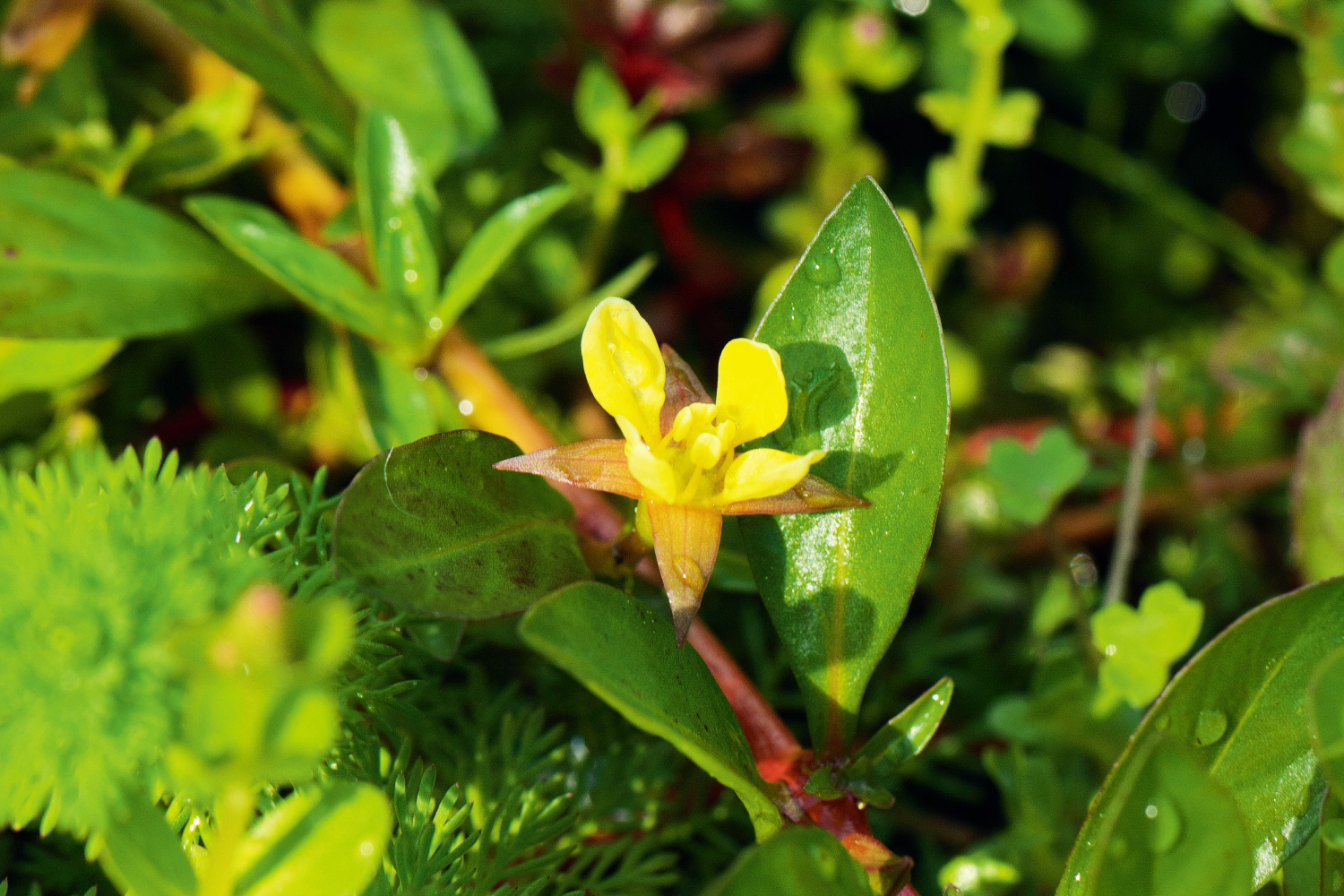
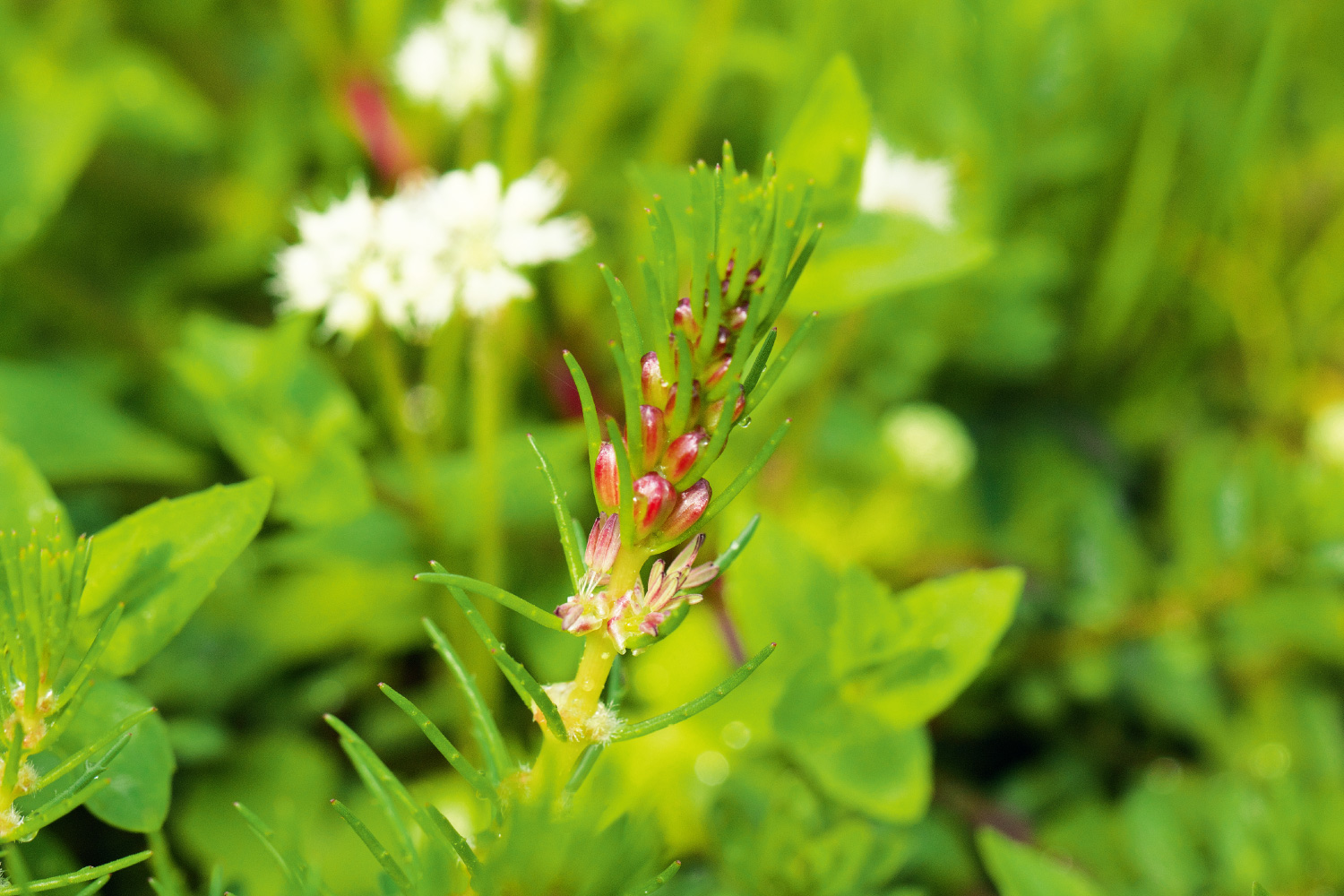
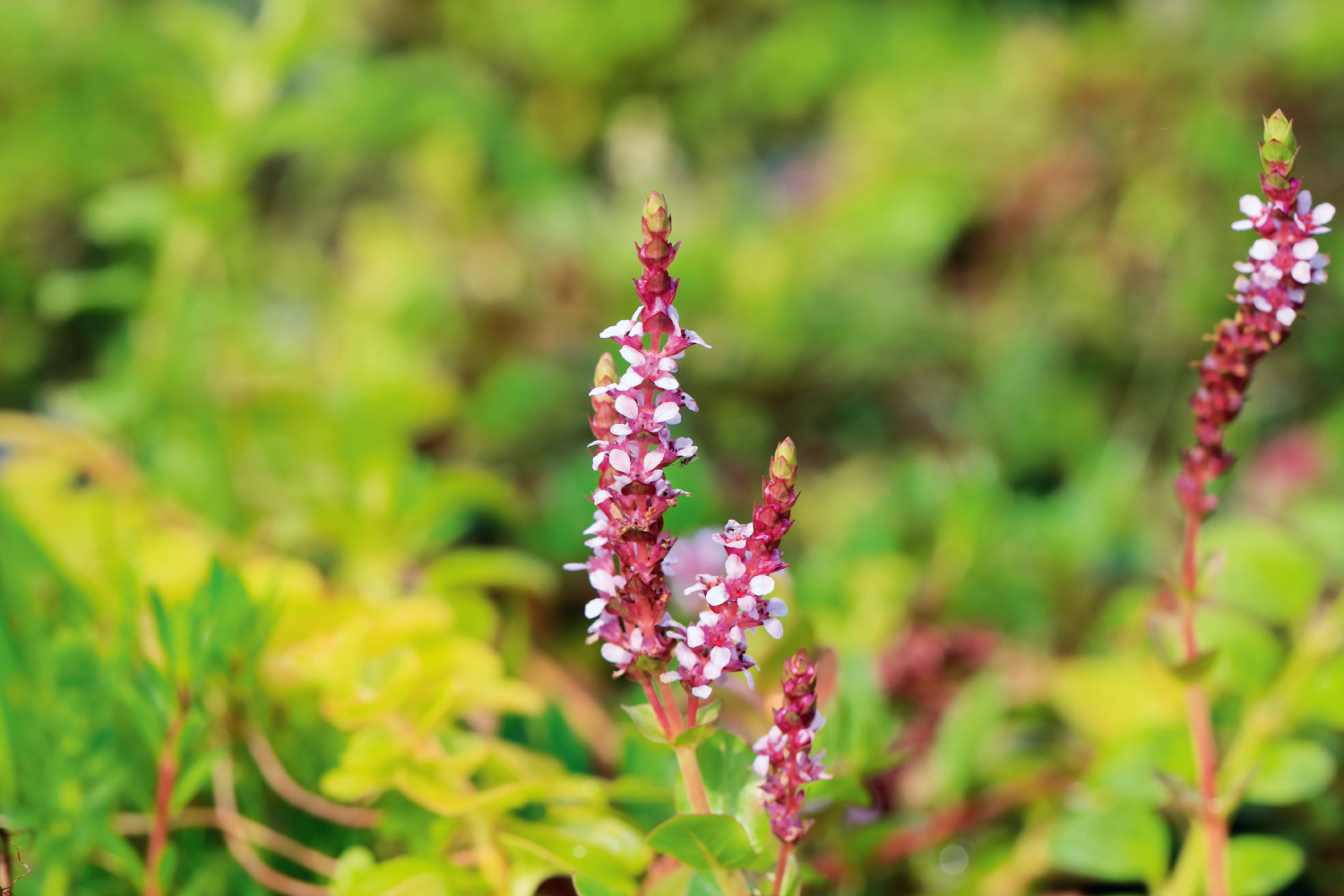
AJ: Submerged leaves, emersed leaves, and aquatic plant flowers, they are living products with various highlights in one. Are there any good tips to choose a great Wabi-Kusa when buying from a shop?
Ogawa: First of all, the main points to look at are the density of aquatic plants and their colors. Wabi-Kusa is a product of various aquatic plants growing in high density, so one indicator of healthy Wabi-Kusa is that it is voluminous with a large number of plants, and that the leaves and stems are dark green, clear red, and other colors of aquatic plants are also bright and clear. We recommend that you observe them carefully from above or from the side when you select them at a store. As a side note, there is no such thing as exactly the same Wabi-Kusa, because of the differences in planting patterns of each aquatic plant, even if it is called Wabi-Kusa Stem Plants Mix. I find it fascinating, and I would be happy if you could pick up the one you like.
AJ: What is your top choice among many Wabi-Kusa?
Ogawa: I highly recommend all of them, but my absolute favorite is Lagenandra MIX! First of all, there are not many Lagenandra available in the market, but ADA’s Wabi-Kusa has several types as main plants, so you can enjoy it like a collection. Also, unlike other mixed types, ADA’s Wabi-Kusa is produced with undergrowth aquatic plants such as Taxiphyllum barbieri and Utricularia graminifolia. Therefore, it does not require much trimming with scissors, which is recommended for its low maintenance effects. It is supposed to be a rare aquatic plant, but we are working hard to ensure a stable supply every day at the ADA greenhouse. If you find something you like at a store, why don’t you give it a try?
AJ: And it’s time for the seasonal Wabi-Kusa “Muzube MIX” produced again this year. Can you tell us about it?
Ogawa: As the name, Mizube (waterside) suggests, it is a Wabi-Kusa, inspired by Japanese waterside scenery that is familiar to us. Emersed plants, such as Sagittaria trifolia, Schoenoplectus triangulatus, that are the main plants in the Mizube MIX, are aquatic plants that can be found in the countryside, but the way they grow tall gives Japanese people a sense of nostalgia, don’t you think? Many of the other aquatic plants incorporated in the planting are also native to Japan, such as Persicaria praetermissa and Eleocharis acicularis. Together, they create a distinctive Japanese taste, and I think it is a truly “made in Japan” Wabi-Kusa (laugh). We hope you can feel the natural landscape and its stories through more familiar and gentle aquatic plants and other plants that everyone has seen at least once in a rice paddy irrigation canal or stream.
Ogawa: First of all, the main points to look at are the density of aquatic plants and their colors. Wabi-Kusa is a product of various aquatic plants growing in high density, so one indicator of healthy Wabi-Kusa is that it is voluminous with a large number of plants, and that the leaves and stems are dark green, clear red, and other colors of aquatic plants are also bright and clear. We recommend that you observe them carefully from above or from the side when you select them at a store. As a side note, there is no such thing as exactly the same Wabi-Kusa, because of the differences in planting patterns of each aquatic plant, even if it is called Wabi-Kusa Stem Plants Mix. I find it fascinating, and I would be happy if you could pick up the one you like.
AJ: What is your top choice among many Wabi-Kusa?
Ogawa: I highly recommend all of them, but my absolute favorite is Lagenandra MIX! First of all, there are not many Lagenandra available in the market, but ADA’s Wabi-Kusa has several types as main plants, so you can enjoy it like a collection. Also, unlike other mixed types, ADA’s Wabi-Kusa is produced with undergrowth aquatic plants such as Taxiphyllum barbieri and Utricularia graminifolia. Therefore, it does not require much trimming with scissors, which is recommended for its low maintenance effects. It is supposed to be a rare aquatic plant, but we are working hard to ensure a stable supply every day at the ADA greenhouse. If you find something you like at a store, why don’t you give it a try?
AJ: And it’s time for the seasonal Wabi-Kusa “Muzube MIX” produced again this year. Can you tell us about it?
Ogawa: As the name, Mizube (waterside) suggests, it is a Wabi-Kusa, inspired by Japanese waterside scenery that is familiar to us. Emersed plants, such as Sagittaria trifolia, Schoenoplectus triangulatus, that are the main plants in the Mizube MIX, are aquatic plants that can be found in the countryside, but the way they grow tall gives Japanese people a sense of nostalgia, don’t you think? Many of the other aquatic plants incorporated in the planting are also native to Japan, such as Persicaria praetermissa and Eleocharis acicularis. Together, they create a distinctive Japanese taste, and I think it is a truly “made in Japan” Wabi-Kusa (laugh). We hope you can feel the natural landscape and its stories through more familiar and gentle aquatic plants and other plants that everyone has seen at least once in a rice paddy irrigation canal or stream.

❶ Stem Plants MIX 9Ø
❷ Stem Plants MIX (Red) 9Ø
❸ Echinodorus MIX 9Ø
❹ Cryptocoryne MIX 9Ø
❺ Moss Base 9Ø
❻ Karen 6.5Ø
❼ Lagenandra MIX 9Ø
❷ Stem Plants MIX (Red) 9Ø
❸ Echinodorus MIX 9Ø
❹ Cryptocoryne MIX 9Ø
❺ Moss Base 9Ø
❻ Karen 6.5Ø
❼ Lagenandra MIX 9Ø
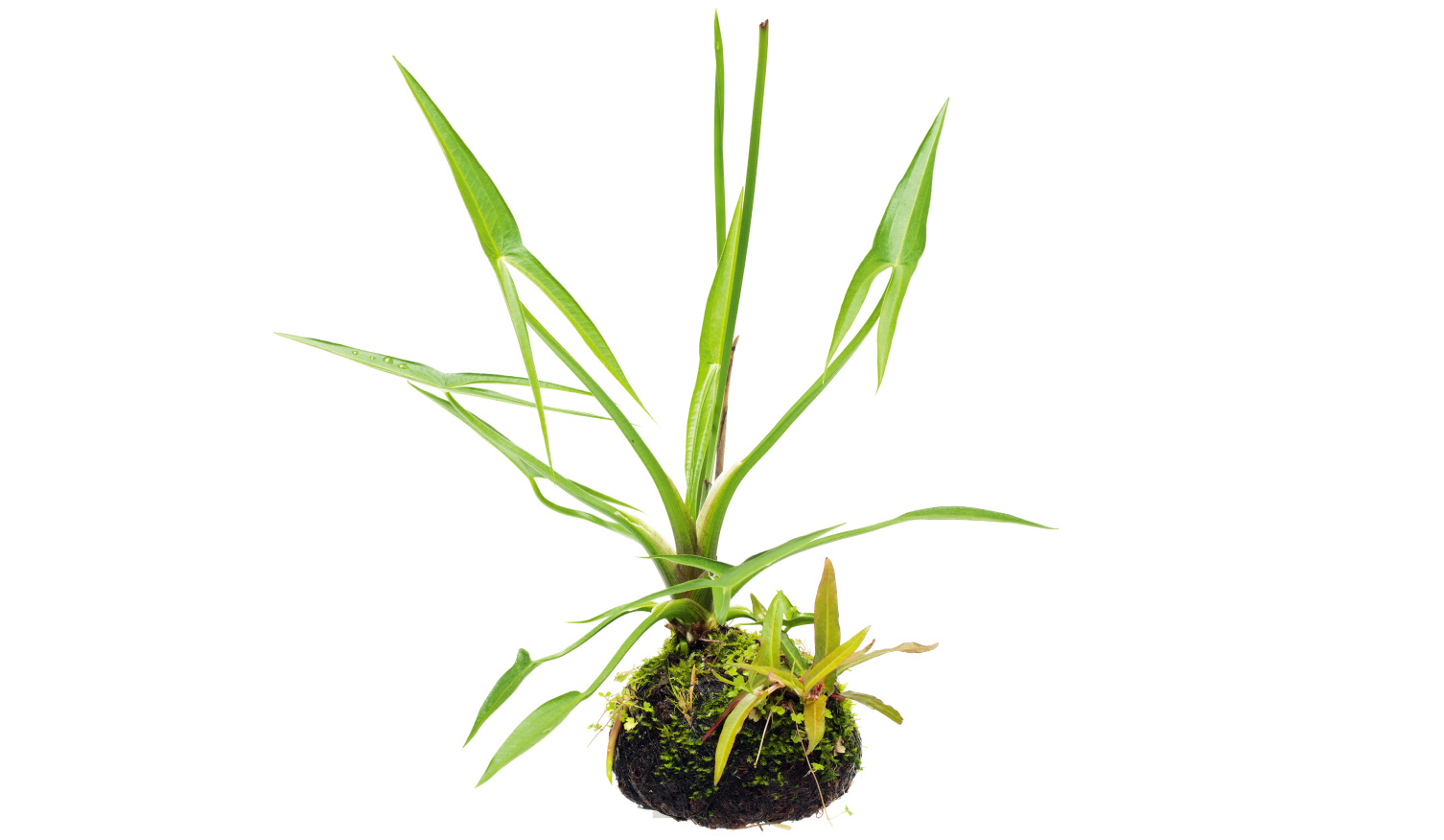
Wabi-Kusa
Mizube MIX 9Ø
Mizube MIX 9Ø
![[ STYLE OF EPIPHYTIC PLANTS ] Effective use of epiphytic aquatic plants in layout scenes](https://www.adana.co.jp/wp-content/uploads/sites/3/2024/04/ep_img_ogp.jpg)
